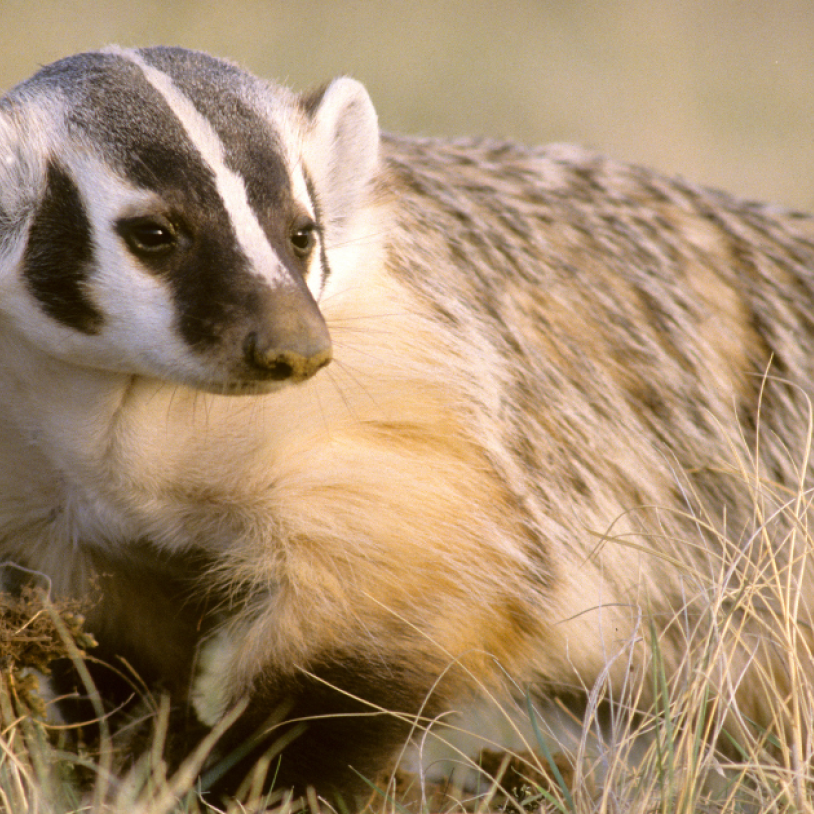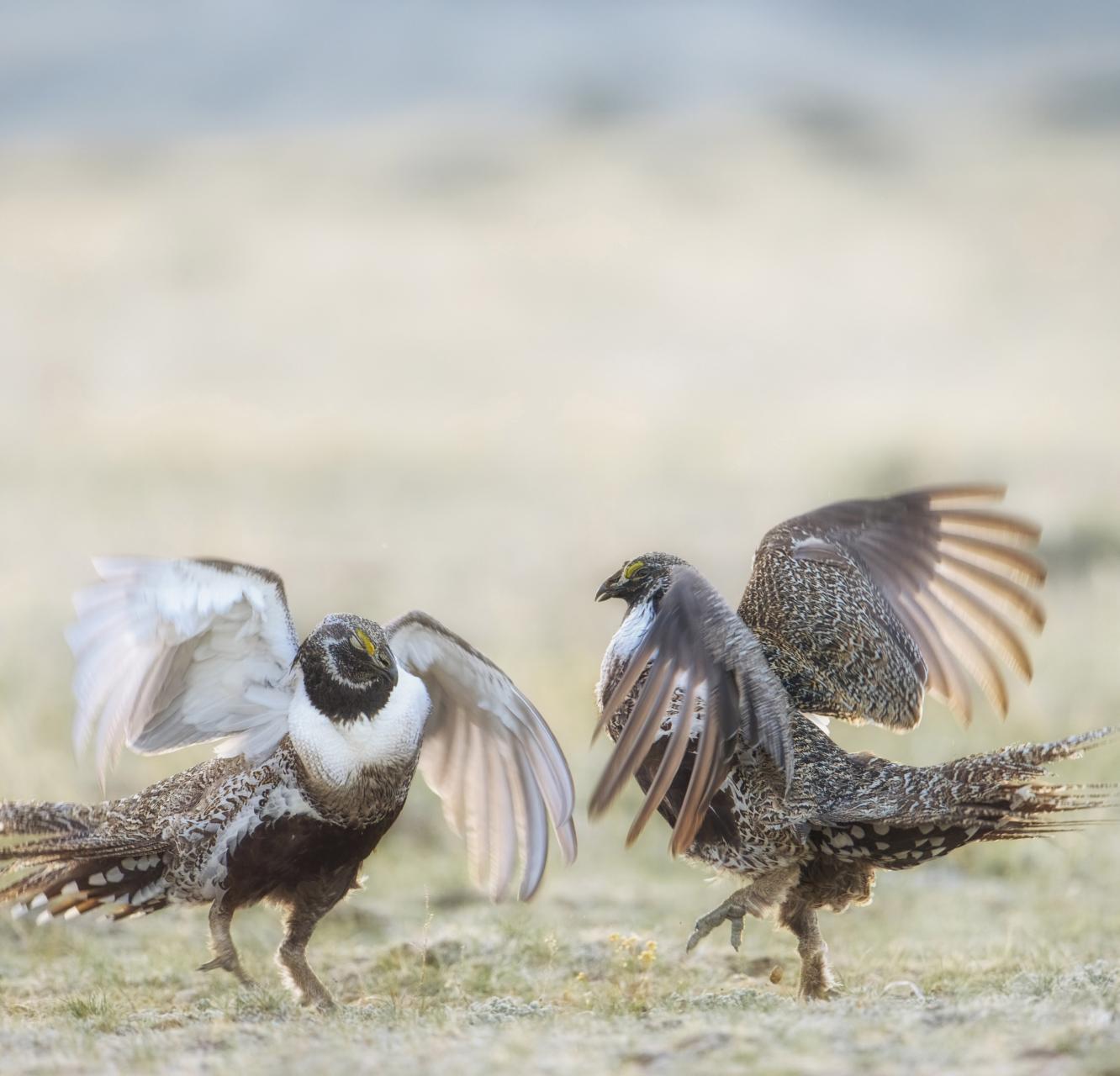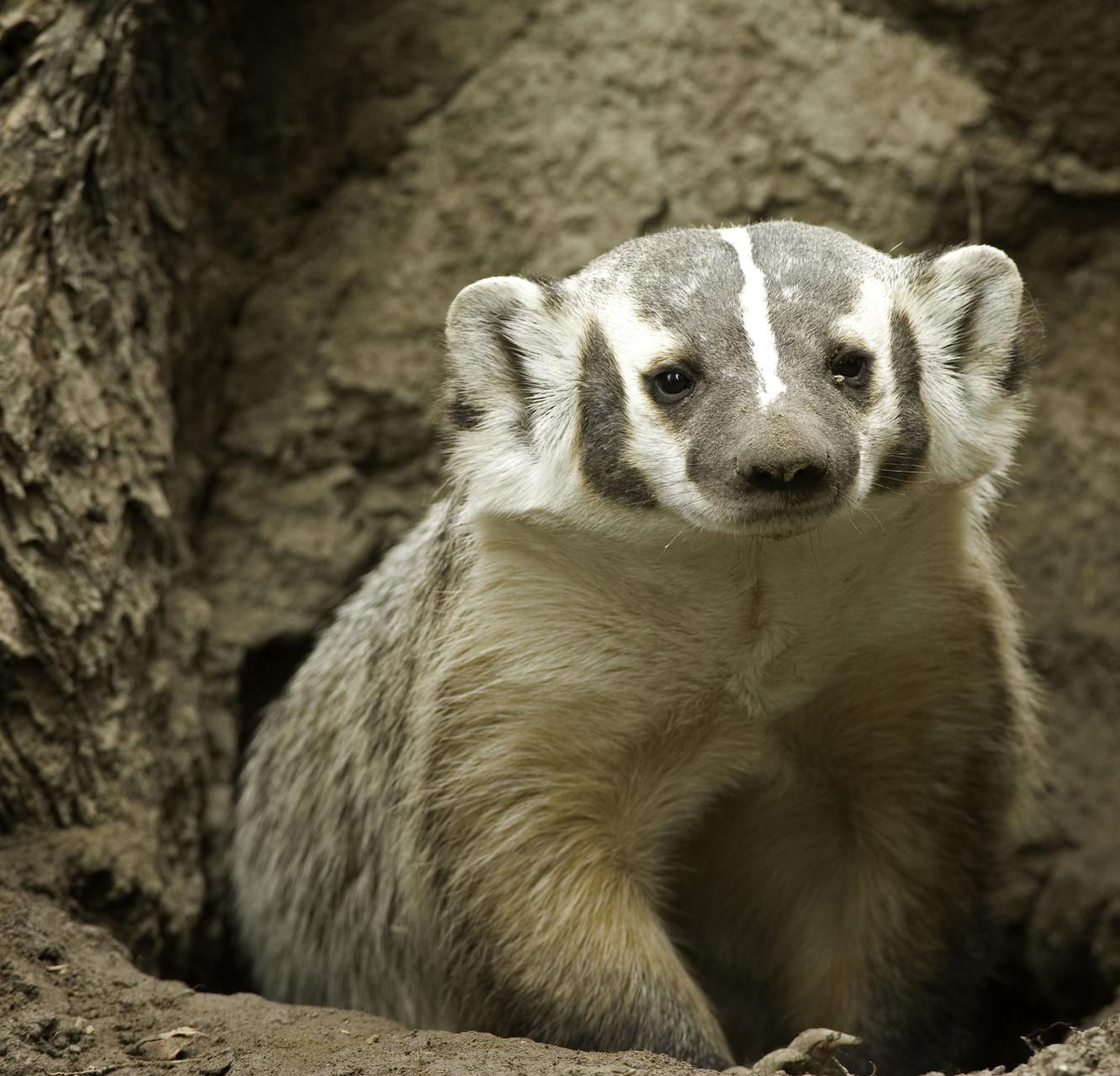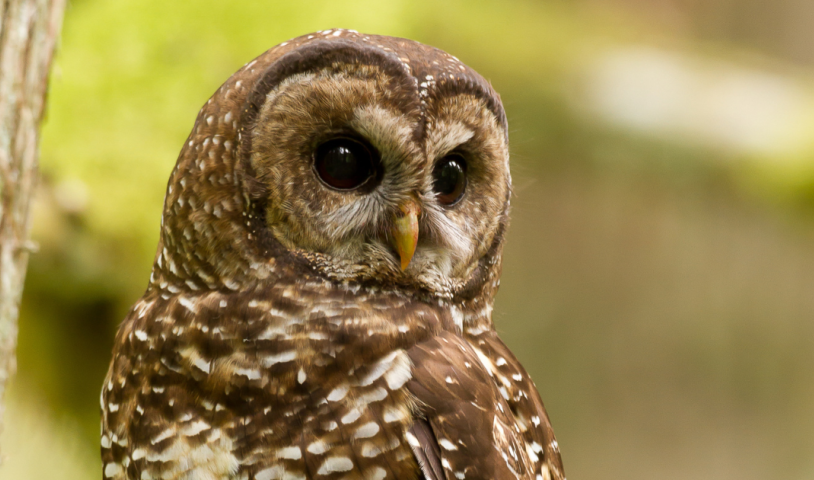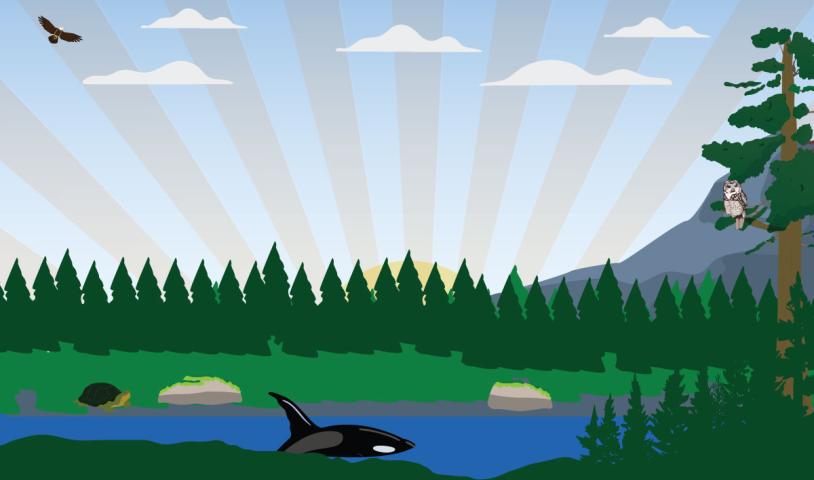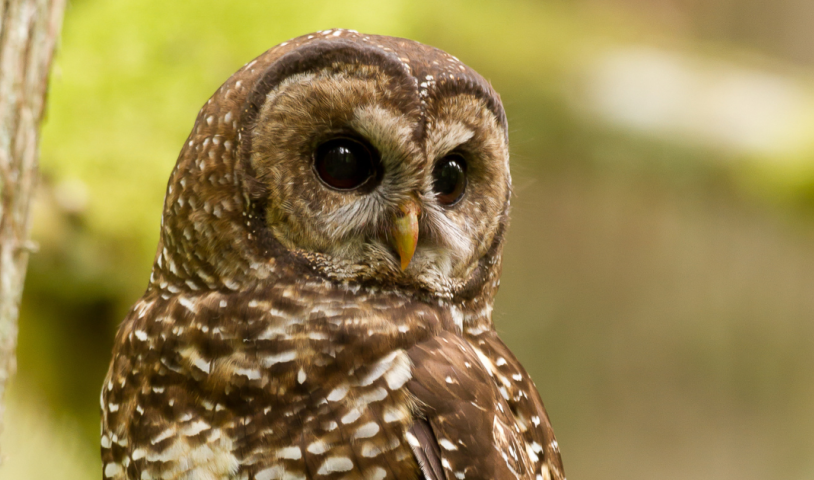Province accused of impeding habitat protection
Wednesday, May 20, 2009The province is ignoring the advice of its own scientists and is breaking federal laws by refusing to protect the critical habitat of endangered species, says a complaint submitted to B.C.'s auditor general.
The audit request to auditor general John Doyle was submitted by the University of Victoria's Environmental Law Centre and environmental group Ecojustice, acting on behalf of the Western Canada Wilderness Committee, and supported by five of the province's most powerful environmental groups.
However, Environment Minister Barry Penner said B.C. is protecting habitat through parks and protected areas.
Doyle told the groups yesterday that he is considering the information and will get back to them before Christmas.
The audit request includes numerous government documents, obtained through freedom of information requests, which appear to show the government will not identify critical habitat even when exact locations are known.
It is a systematic refusal, as the only two occasions when critical habitat of species at risk has been identified are those where Ecojustice sued the government, said Calvin Sandborn, Environmental Law Clinic legal director.
"Do we have to sue each time? There's an economic and social value to endangered species. This seems like irrational stewardship of the resource," he said.
Background papers show that, in some cases, critical habitat identified by scientists has been removed.
"They have been telling these scientists to rip out these maps and say we don't know where the habitat is," Sandborn said.
An agreement between the federal and provincial governments on the Species at Risk Act obligates the province to prepare recovery strategies for species at risk and identify critical habitat "to the extent possible, based on the best available information."
The province's refusal puts some of the most endangered species, ranging from the Vancouver Island marmot to the northern spotted owl, at risk, says the submission.
"Since most Species at Risk Act protective measures only apply after critical habitat is designated, the refusal to identify this habitat transforms the act into a paper tiger and leaves species out in the cold," said Susan Pinkus, staff scientist with Ecojustice, formerly known as the Sierra Legal Defence Fund.
Gwen Barlee, WCWC policy director, said government scientists know the exact location of habitat such as marmot burrows.
"But there are mountains of information from the B.C. government which shows they are putting politics ahead of science," she said.
"They shouldn't be pretending they are protecting endangered species when they are deliberately impeding that protection."
Penner said this year B.C. has added about one million hectares of land to the province's protected areas, meaning more than 14 per cent of the provincial land base is now protected by provincial legislation.
"There's a lot of work going on, but we have to work in partnership with First Nations, local communities, environmental groups and private landowners. They are a key part of the puzzle," he said.
"We have to be mindful that some groups are calling for greater restrictions than private individuals can do literally in their backyard. We have to be aware of what all the impacts are before you give greater protection."
Penner said he is mystified that the groups are criticizing recovery plans for the Vancouver Island marmot when there has been great success with the captive breeding program and restoring populations in Strathcona Provincial Park.
B.C., one of only two provinces in Canada without provincial endangered species legislation, has more than 1,600 species at risk.
Victoria Times-Colonist [November 27, 2008]
